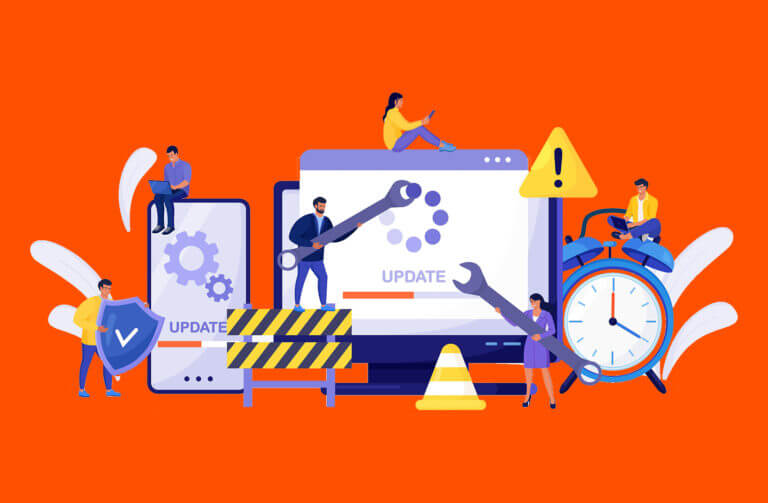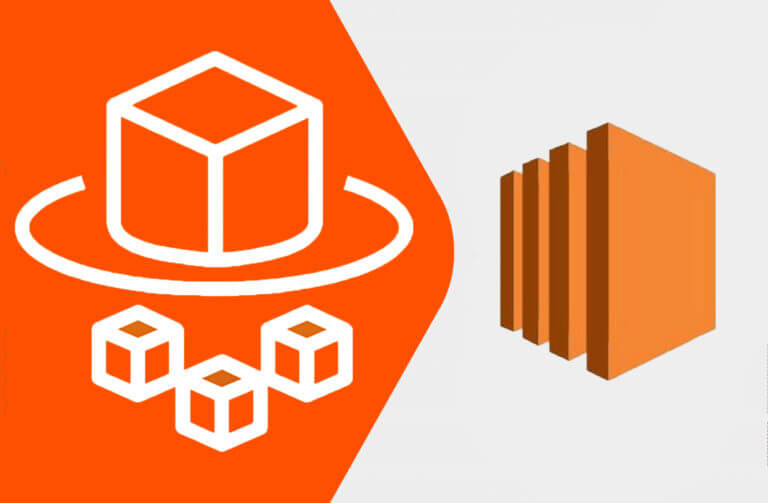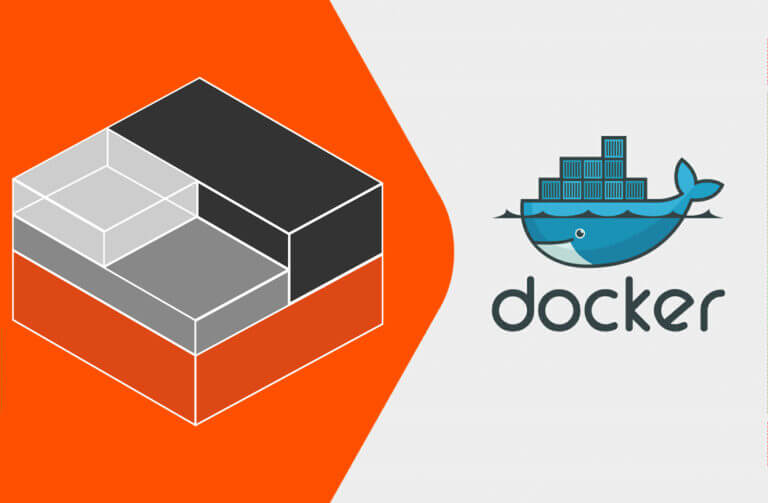Summary
Two important parts of the disaster recovery and business continuity process are failover and failback. During failover, connectivity switches from one system to another. During failback, a system reverts back to the primary system after the issue has been resolved.
A key distinction in the realm of disaster recovery is the one between failover and failback. Both terms describe two sides of the same coin and are easy to conflate. Their effects, however, couldn’t be more different. Both play critical roles in business continuity and disaster recovery efforts, so it’s important to understand what they are and why they’re different.
In this article, we’ll develop a baseline understanding of what failover and failback are. From there, we’ll contextualize the role that each plays in the disaster recovery and business continuity process and highlight key differences between the two. Finally, we’ll address the benefits of having both in your disaster recovery and business continuity processes.

What Is Failover?
Put simply, failover occurs when connectivity switches from one system instance to another. There are numerous ways that can manifest: switching from a primary to a standby system, switching to a hot or cold spare, switching during a system failure or just for testing, and even manual or automated switching.
The critical failover takeaway is that there is a complete logical or physical access migration between a primary system, server, and/or hosting location to a secondary. There are other events, like load balancing, that will switch partial connectivity between system instances or system components. Those activities don’t count as failover because they don’t represent a complete cutover.
Failover is a business continuity operation that facilitates continued access to a system by changing entirely to another instance of that system. That new system is resilient because it is ideally not impacted by the event that compromised the former system.
What Is Failback?
Failback occurs when a system reverts back to the primary system after the issue is resolved. In practice, this looks like a failover, but in reverse. Once the primary system is restored, access is pointed to that system, and the standby is deactivated.
This reversion back is a critical distinction. Some organizations may have complete standby systems for critical applications, which permit full operations on the standby system. In that case, the standby can rightfully be considered the primary and the repaired former primary the new standby.
Failback is the quintessential disaster recovery activity. It involves a full migration back to the production status quo—a recovery if you will—at the validated conclusion of a disaster.
The Role of Failover and Failback in Business Continuity and Disaster Recovery
The role of failover in a business continuity event is critical: It keeps business moving. By having a system to which your business can transition when a primary system is unavailable, you’re able to continue doing business. People can work, revenue cycles are preserved, and customers can be served.
Without failover, all of those functions become significantly more difficult to sustain, if they’re sustainable at all. Typically, if you rely on a technological process to maintain specific workflows, the analog processes eventually disappear. In some cases, those analog processes cannot be recreated, so even a temporary technology solution is required to maintain them.
Failback occurs when the need for failover concludes and your organization recovers from a disaster. Business continuity is no longer the focus because, where the disaster is primary system unavailability, resolution of the disaster means that the primary system is now available.
Typically, organizations implement failback procedures when the standby system is unable to sustain operations in the same way as the primary system. Typically, that occurs when the standby system isn’t a full replica of the primary and is designed to maintain operations only during a disaster.
For mission-critical systems, some organizations may build a standby system that is a full replica of the primary. Organizations that do so have acknowledged that the risk of diminished or compromised functionality is unacceptable to their ongoing operations.
The Benefits of Leveraging Both Failover and Failback
In an ideal world, every business would have two full environments: one primary environment and one full standby environment. That way, whenever disaster struck, business would continue completely unimpeded. Everything would transition to the standby as if nothing had happened and the former primary environment could be repaired and maintained as a standby.
That model, however, effectively doubles an IT budget: two sets of endpoints, two sets of servers, two sets of cloud environments, two sets of data, staff to support that both in IT and business operations, etc. It’s a costly and inefficient proposition for any company, to the point where no company truly maintains that support model.
Most companies leverage a failover and failback model because it’s economical and efficient. Business operations are sustained at a level deemed necessary during a disaster and so the budget for that environment is smaller, less work is duplicated, and the risk for data impacts is lower.
It’s critical to leverage failover and failback in some reasonable form, though. Cutting back on a secondary environment too much could lead to inefficiency and financial loss because critical business operations halt. It’s a critical and difficult balance to strike.
Disaster Recovery as a Service with Pure Protect //DRaaS
For many organizations, a managed disaster recovery solution is ideal. Having one vendor responsible for managing failover and failback provides efficiencies that multiple groups, including internal staff, may not be able to replicate.
Pure Protect™ //DRaaS is a tailored disaster recovery service that is right-sized for your business and available at a moment’s notice. Cloud backups ensure high availability and speedy provisioning to make sure that your disasters won’t escalate to catastrophes.
Pure Protect //DRaaS also provides transparency and predictability. With the ability to test your backups in a non-production environment, you can validate that your failover and failback solutions work, before you need them, not when you need them.
Conclusion
Failover and failback describe two sides of the same business continuity and disaster recovery coin: the ability to transition to a standby environment and back again. Understanding the distinction is critical because a failover environment is typically not as robust as the primary environment, and therefore, a failback plan is critical for disaster recovery.
Implementing a strategic failover and failback plan, especially one supported by disaster recovery as a service, is critical to keeping your business running should the worst come to pass. If you can’t afford not to be doing business, then you can’t afford not to have a comprehensive failover and failback plan.






